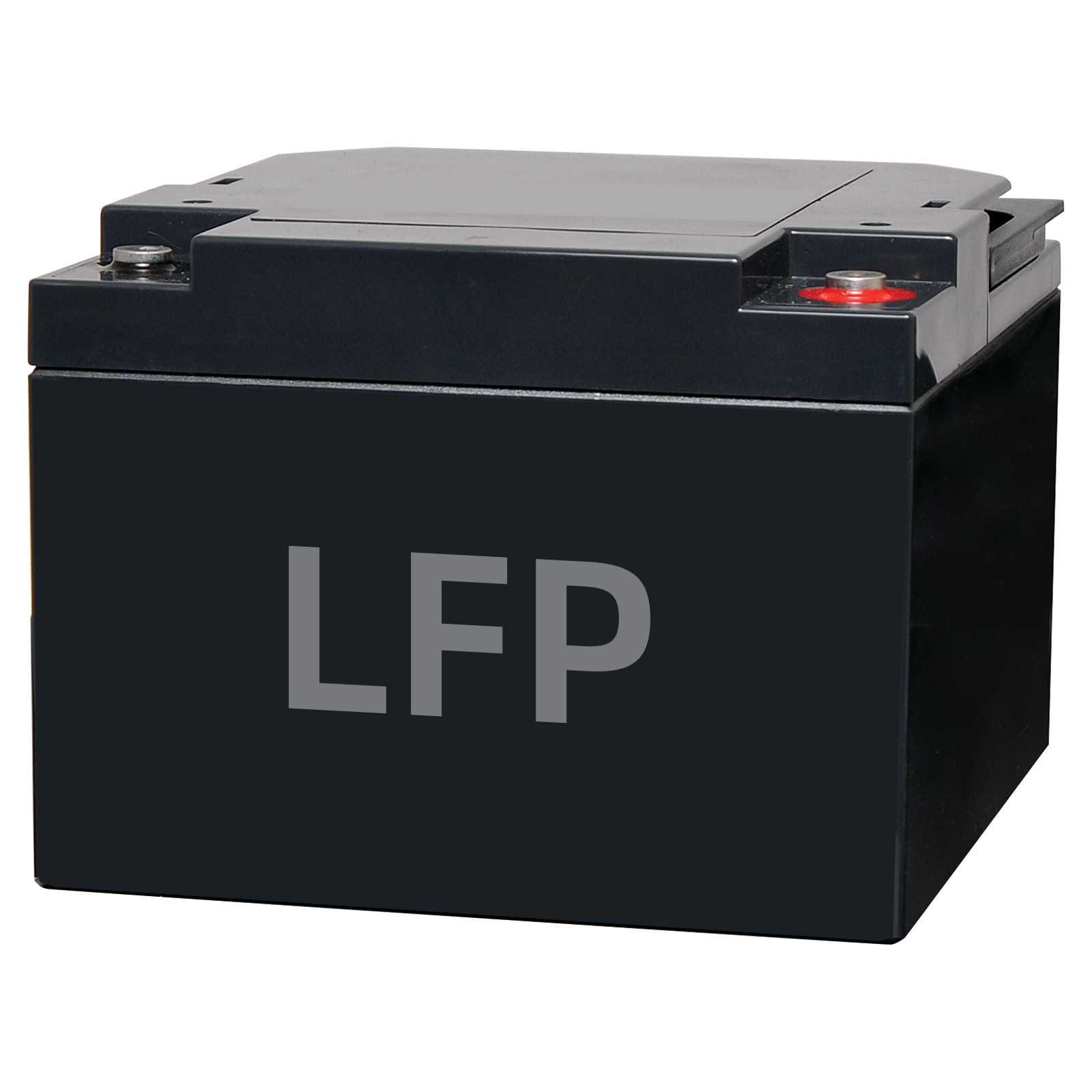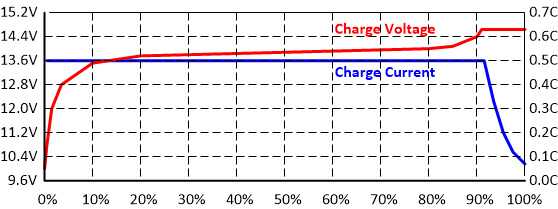Traveling internationally with lithium batteries requires adherence to specific regulations. Spare lithium ion and lithium metal batteries must be carried in carry-on baggage only. Check with the airline and destination country’s transportation authority for guidelines on size and quantity restrictions. Pack lithium batteries in their original packaging or use battery cases to prevent short circuits.
-
Regulations for Carrying Lithium Batteries:
When traveling internationally, it is crucial to be aware of the regulations set by both the airline and the destination country’s transportation authority. These regulations specify the requirements and limitations for carrying lithium batteries during air travel. It is important to familiarize yourself with these guidelines to ensure compliance and a smooth travel experience.
-
Restrictions on Lithium Batteries:
To ensure safety during air travel, there are restrictions on the size and quantity of lithium batteries that can be carried. These restrictions aim to minimize the risk of fire or explosion. It is essential to check with the airline and the destination country’s transportation authority for the specific restrictions and guidelines regarding lithium batteries.
-
Packing Tips for Lithium Batteries:Proper packing of lithium batteries is crucial to prevent short circuits and ensure their safety during travel. It is recommended to keep the batteries in their original packaging or use battery cases to prevent any accidental contact with other objects that may cause a short circuit. Additionally, it is important to protect the battery terminals to avoid any potential discharge.
Why are lithium batteries regulated?
Lithium batteries are highly regulated because of their potential to cause fires. These batteries store a large amount of energy, and if they short-circuit or overheat, they can ignite the materials around them. This has led to several high-profile incidents in recent years.
Lithium batteries are regulated to protect the safety of people, property, and the environment. These regulations aim to mitigate the risks associated with the high energy density of lithium batteries, prevent fire and explosion incidents, ensure proper handling and storage practices, and promote environmental protection.
-
Safety Concerns:
Lithium batteries have a higher energy density, making them more susceptible to thermal runaway and fire incidents. Regulations are in place to mitigate these safety risks associated with lithium batteries, ensuring proper handling, storage, and transportation practices.
-
Fire and Explosion Risks:
Improper handling or storage of lithium batteries can lead to fire and explosion incidents. Regulations aim to prevent such accidents by establishing guidelines for safe handling, storage, and transportation of lithium batteries.
-
Environmental Protection:
Lithium batteries contain hazardous materials that can harm the environment if not managed properly. Regulations ensure that lithium batteries are handled, disposed of, and recycled in an environmentally responsible manner, minimizing their impact on ecosystems.

Which countries have restrictions on lithium batteries?
Restrictions on shipping lithium batteries vary among countries and regions. Southeastern Asia/Southwest Asia, including Cambodia, has specific limitations. The International Maritime Organization (IMO) also imposes shipping restrictions for lithium-based batteries to ensure safety during maritime transportation.
-
Southeastern Asia/Southwest Asia:
Countries in Southeastern Asia/Southwest Asia, such as Cambodia, have specific limitations and guidelines for shipping lithium batteries. These limitations may vary among countries within this region, and it is important to be aware of the specific regulations when shipping lithium batteries to or from these areas.
-
International Maritime Organization (IMO):
The International Maritime Organization (IMO) has implemented shipping restrictions for lithium-based batteries. These restrictions are designed to ensure safety during maritime transportation. It is crucial to comply with these regulations when shipping lithium batteries via sea routes to prevent accidents and ensure the well-being of passengers and crew.
How to pack lithium batteries for travel
When packing lithium batteries for travel, consider leaving them in their retail packaging or using a battery case or sleeve. Cover the battery terminals with tape to prevent short circuits. Alternatively, snugly place the batteries in a plastic bag or protective pouch for added protection during transportation.
-
Leave Batteries in Retail Packaging:
To protect lithium batteries during travel, it is recommended to keep them in their original retail packaging. This helps prevent accidental contact with other objects and ensures that the batteries are securely stored.
-
Cover Battery Terminals with Tape:
To prevent short circuits, it is important to cover the battery terminals with tape. This simple step helps ensure that the terminals do not come into contact with any conductive materials that may cause a short circuit.
-
Use Battery Cases or Sleeves:
Using dedicated battery cases or sleeves provides an extra layer of protection for lithium batteries. These cases or sleeves are designed to securely hold the batteries and minimize the risk of damage or accidental discharge.
-
Place Batteries in a Plastic Bag or Protective Pouch:
For added protection and organization, consider snugly placing the batteries in a plastic bag or a protective pouch. This helps keep the batteries together and provides an additional barrier against potential damage.
Tips for traveling with lithium batteries
When traveling with lithium batteries, it is important to follow certain guidelines to ensure safety and compliance. Remove spare batteries from checked bags and keep them in your carry-on baggage. Protect the battery terminals by covering them with tape to prevent short circuits. Always check with your airline for specific guidelines or restrictions.
-
Remove Spare Batteries from Checked Bags:
It is crucial to remove any spare lithium batteries or power banks from your checked bags. These batteries should be kept with you in your carry-on baggage. This ensures that you have direct control over the batteries and reduces the risk of mishandling or damage during transit.
-
Protect Battery Terminals:
To prevent short circuits, it is recommended to cover the battery terminals with tape. This simple step helps ensure that the terminals do not come into contact with any conductive materials that may cause a short circuit. By protecting the terminals, you minimize the risk of accidents and ensure the safe transportation of your lithium batteries.
-
Follow Airline Guidelines:
Each airline may have specific guidelines or restrictions when it comes to traveling with lithium batteries. It is important to check with your airline before your trip to understand their regulations and requirements. By following the airline’s guidelines, you can ensure compliance and a smooth travel experience without any issues related to your lithium batteries.
When traveling with lithium batteries, it is essential to follow specific guidelines to ensure safety and compliance. Remember to remove spare batteries from checked bags and keep them in your carry-on baggage. Additionally, protect the battery terminals by covering them with tape to prevent short circuits. Always check with your airline for any specific guidelines or restrictions they may have regarding traveling with lithium batteries. By following these tips, you can travel confidently with your lithium batteries and ensure a safe journey.
Can you ship batteries to Germany from USA?
When shipping batteries to Germany from the USA, it is important to comply with shipping regulations for dangerous goods. Lithium batteries must be correctly identified, classified, packaged, marked, labeled, and accompanied by a Shipper’s Declaration for Dangerous Goods. Ensure proper packaging, marking, and labeling to meet the requirements of shipping lithium batteries.
-
Proper Identification and Classification:
Lithium batteries are classified as dangerous goods and must be correctly identified and classified according to shipping regulations. This ensures that the batteries are handled and transported in a safe and compliant manner.
-
Packaging Requirements:
To ensure the safety of lithium batteries during transportation, proper packaging is essential. This may involve using specific packaging materials and methods that provide adequate protection against damage or leakage. Following the recommended packaging guidelines helps minimize the risk of accidents or incidents during shipping.
-
Marking, Labeling, and Documentation:
Packages containing lithium batteries must be appropriately marked and labeled to indicate the presence of dangerous goods. This helps ensure that the packages are handled correctly and that the contents are identified easily. Additionally, a Shipper’s Declaration for Dangerous Goods may be required, providing information about the shipment’s contents and compliance with shipping regulations.
FAQs
Do lithium batteries go in hand luggage or hold?
When traveling with lithium batteries on a plane, it is generally recommended to pack them in your carry-on luggage rather than checking them. This is because there have been instances of lithium batteries catching fire due to damage in the cargo hold. The FAA advises keeping lithium batteries out of checked bags whenever possible. If you must check your lithium battery, ensure it is properly protected against damage. Balancing convenience with safety considerations is crucial when deciding how to transport lithium batteries on a plane.
Where must lithium batteries be stowed?
When storing lithium batteries, it is important to ensure they are stowed in a stable cabinet, locker, or shelf to prevent displacement and keep the battery terminals from touching any metals or other battery terminals. Separating batteries by age and type is recommended for safety and performance reasons. Additionally, storing lithium batteries in a mild, dry climate away from sunlight, heat, and humidity is crucial. Consider using a dedicated battery storage cabinet for optimized safety and protection against lithium-ion battery fires.
What are the packaging requirements for lithium-ion batteries?
When packaging lithium-ion batteries, it is crucial to comply with the specific regulations and guidelines set by the U.S. Department of Transportation (DOT). Lithium-ion batteries are classified as hazardous materials and must be packaged to protect against short circuits, movement within the outer package, and accidental activation of the equipment. Metallic inner packaging is not allowed, and the batteries should be enclosed in containers made of metal, wood, fiberboard, or solid plastic. The outer packaging must display the hazard communication label, and each package should prevent movement or contact with other materials.
Can you take batteries on international flights?
When traveling on international flights, it is important to note that lithium batteries, including power banks and cell phone battery charging cases, must be carried in carry-on baggage only. They are not allowed in checked baggage. Passengers may also carry up to two larger lithium-ion batteries (101-160 Wh) or lithium metal batteries (2-8 grams) with airline approval. These regulations are in place to ensure the safety of passengers and the aircraft during international travel.
Where to pack batteries when flying?
When flying, it is important to pack batteries safely to comply with aviation regulations. Batteries allowed in carry-on bags include alkaline, rechargeable, and lithium-ion batteries, as well as consumer-sized lithium-ion batteries. Larger lithium-ion batteries may also be carried. Lithium metal batteries are allowed in carry-on bags. Prohibited batteries include car batteries, wet batteries, spillable batteries, and spare lithium batteries in checked baggage. To ensure safe travel with batteries, consider placing each battery in its own protective case or plastic bag, and tape across the battery’s contacts to isolate terminals.
Can I bring a 20000mAh power bank on a plane?
Yes, you can bring a 20000mAh power bank on a plane. A power bank with a capacity of 20000mAh translates to approximately 74 Wh, which falls below the 100 Wh limit set by airlines. It is safe to carry a 20000mAh power bank in your carry-on luggage. However, make sure the capacity is clearly marked on the power bank, especially when traveling internationally, to avoid any issues during airport security checks.





